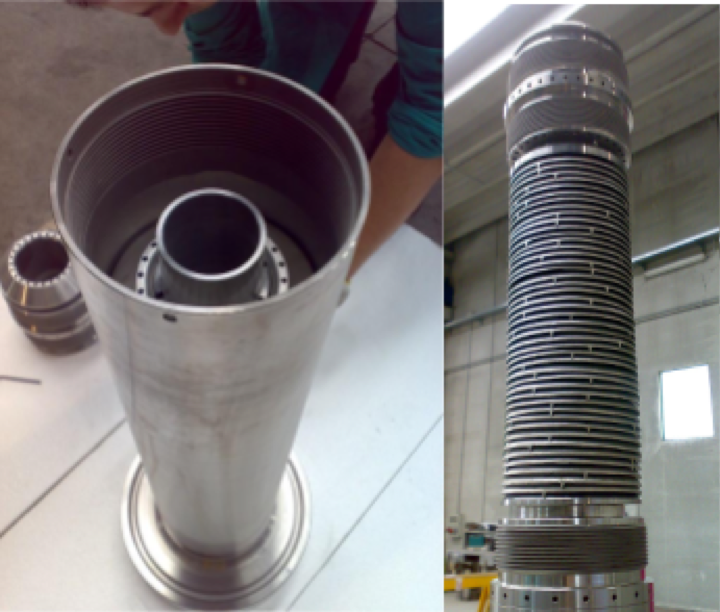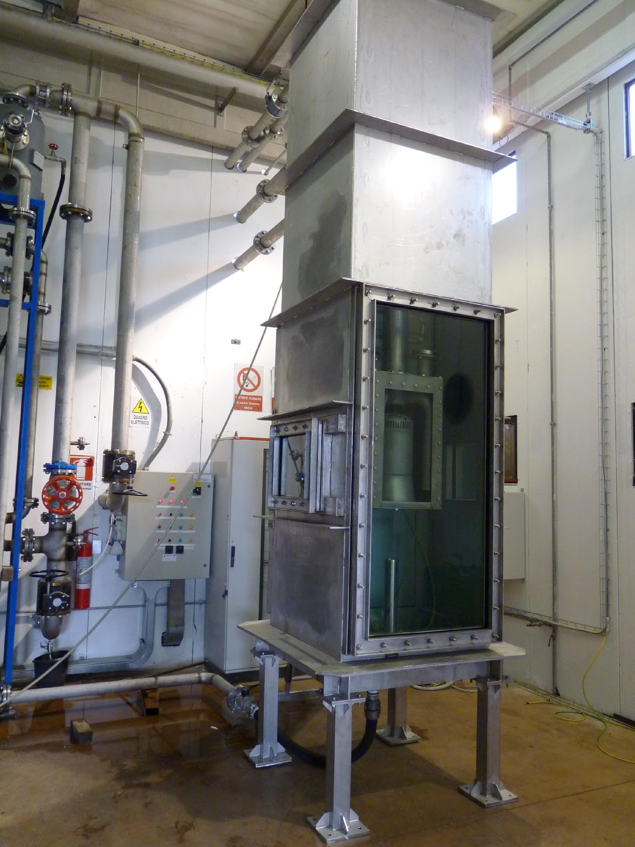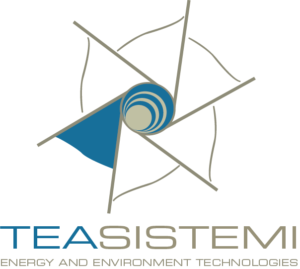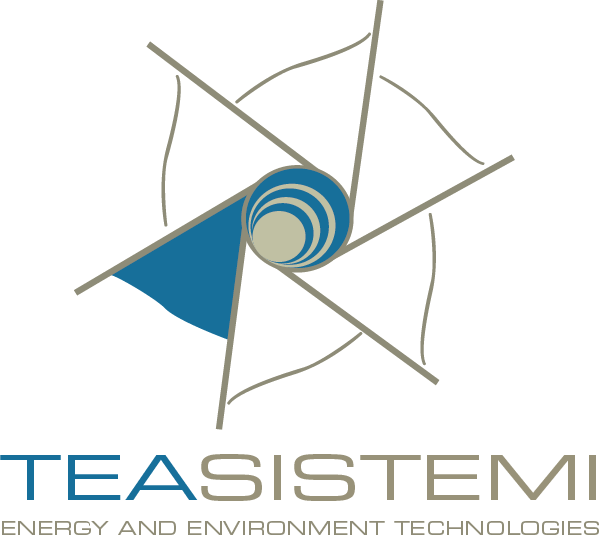Over the last 25 years TEASistemi carried over 90 R&D projects supported by industry partners and the European Union
.TEASistemi also supported with own founds a number of projects.
In the meantime the Company has produced more than 100 technical papers and 11 patents.
Our R&D activities have a long tradition, stating in early ’90 within the TEA department of Consorzio Pisa Ricerche.
The technical background of the Company ties back to the research activities carried out by Professor Paolo Andreussi of the University of Pisa in the field of multiphase flow and applied fluid mechanics.
The R&D activities of the company count on four dedicated units, with strong specialization in numerical and computational analysis, software development and physical modelling.
The experimental activities make use of the Multiphase Flow Laboratory of the Company.
This Laboratory allows the experimental tests to be carried out very close to field conditions in terms of flow rates, type of fluids and operative pressure.
R&D activities cover the following main fields:
Our R&D Projects
During the years TEASistemi was involved on several large research and development projects,
both cofounded by institution and directly funded by private companies (ENI, ABB, COSTACURTA),ranging from downhole equipment design to new separator concept development. In most of cases, TEASISTEMI was managing also the patenting phase of project results, both for proprietary and third party inventions.


| Client | Year | Subject | Summary |
|---|---|---|---|
| European Community (H202 Programme) | 2017-2020 | GEOCLAD Project | Development of a online platform for geothermal power plant design and monitoring |
| Eni E&P | 2018-2020 | TOIXCOS | Feasibility analysis, laboratory test and design of an active wall for H2S release containment |
| Eni E&P-TEASISTEMI | 2005-2019 | MAST project | Development of a transient code for the description of multiphase flow in a hydrocarbon transportation system |
| Tuscany Region | 2014-2017 | BIOGEL Project | New nanotechnology materials development and laboratory tests for drilling activities optimizations for the sustainable exploitation of fossil and renewable energy potential (geothermal resources and hydrocarbons) |
| Eni E&P | 2003-2014 | DOWS project | Detailed design and testing of the separator: Extensive CFD analysis, detailed design and testing of the DOWS prototype |
| Eni E&P | 2006-2010 | SESAME project | Stratified Dispersed flow in near-horizontal pipes: Data acquisition and model development for the description of stratified dispersed flow in near horizontal pipes. Development and. implementation of a method for the allocation of production in a multilayer intelligent completion well. Experimental activity on a downhole valve for fluid dynamic characterization |
| Eni E&P | 2010-2017 | Control Undersea Blow-out Events | Design, realization and test of an innovative system for the capture, separation and controlled transport to the sea surface of the multi phase mixture released by an underwater well in blowout conditions |
CUBE Project - now RAPID CUBE
In 2010, after the Deepwater Horizon incident, for three months a subsea well discharged on the sea more than 50000 bbld oil, being one of the main environmental disaster even occurred.
To cope with these issues, TEASistemi and ENI developed a new capping concept, called CUBE, capable to capture, separate and deliver to the surface the hydrocarbon released by a subsea well in blowout.
The complexity of the project required a large amount of work both computational and experimental, first performed in TEA laboratory and then finalised in the Adriatic Sea by ENI.
The RAPID Cube equipment is available to be deployed in case of need on the area affected by subsea blowout to mitigate oil spill waiting well killing procedure.

"Let's take the big accident at Macondo, which spread crude oil throughout the entire Gulf of Mexico. There, a large steel bell was used to suck up the uncontrolled spill from the submarine well. But as methane also escaped with the oil thousands of meters below the sea, the latter froze in the bell, forming methane hydrates and put it out of use. We, however, with Eni have developed Cube, patented in 2010 just a few days after the big accident. An emergency bell-shaped system, too, but able to separate the gas from the crude oil and to send the two fluids on two different circuits, tailored to each. With our system, Macondo probably wouldn't have happened".



